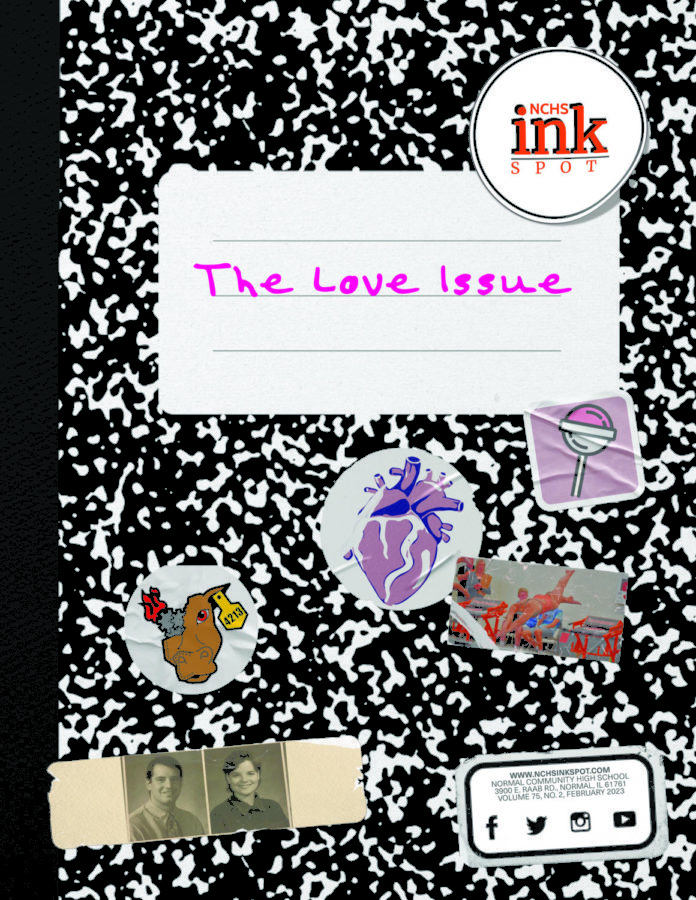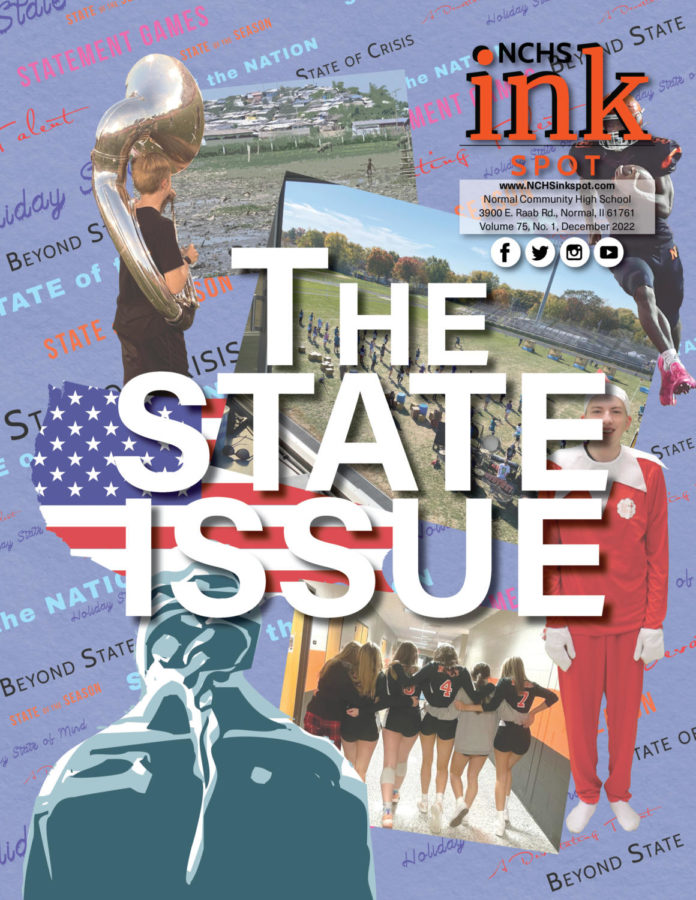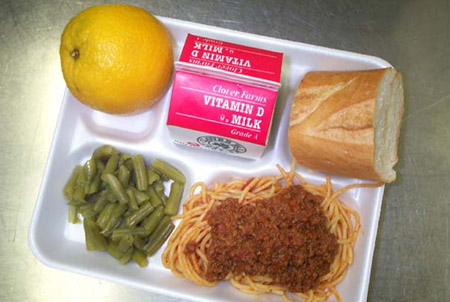
Food items available at lunchtime have always been an avid topic of conversation for students at NCHS. In fact, even more so during junior high and elementary school, what was available for the day and how students felt about it could be heard by an attentive bystander almost every other minute. What’s available and of what quality it is are important to us; simply just being human makes that almost innate. People care about what they put into their bodies, so whenever its time to eat their going to express their opinion on what it is laid out in front of them.
Now lets not beat around the bush, public school lunches have never gotten the best reviews, not just in what is being eaten so much as of what quality the selection has been grown or prepared. But quality is also something that rouses in the minds of school administrators the picture of a growing monthly bill, and rightly so. Real, serious well grown and prepared food usually costs quite a bit, and the simple fact is schools have to run on a budget. Now that doesn’t mean that quality food is out of reach to public schools, on the contrary it is very within reach, attention must simply be shifted from things the school can’t control to things it can.
This could be taken in a few ways such as in how the food is stored once received to how it is cooked and/or prepared for consumption, as well as how long it is allowed to stay out once prepared, but what I most prominently want to draw attention to is the selection of what is bought in the first place, not as in of what quality it is so much as what it actually is ;basically is it junk food or is wholesome food?
If you would have asked me my opinion of what the cafeteria served a year or two ago, I probably would have given you a pretty negative answer, but then again I wasn’t really looking at selection, or at least not very hard. Especially in the last year, Unit 5 specifically has made leaps and bounds in its selection as far as healthy foods it offers to students and staff at lunch time.
As part of a larger initiative enacted by the U.S. Department of Agriculture to fill the nations school’s with healthier food choices as a means to combat obesity and weight related diseases and disabilities, school cafeteria’s such as NCHS are gradually switching stock from sweets and junk food, i.e. cookies, chips, pizza, etc. to a more fruit and vegetable oriented selection. Even now our cafeteria offers healthier choices such as baked potatoes, apples, salad bar, bananas and so on in lieu of other assorted sweets.
While obviously a step in the right direction, problems such as freshness and quality of preparation and growth will probably continue to be issues further on into the future, but with the support of organizations such as the USDA, the positive reinforcement of student parents, and the feedback of students themselves and their support in the form of buying more often than not the healthier choices being fought for, even more significant changes will inevitably come to school cafeteria’s across the country.
So really, as a means of summing up this article and positing a point to you, our faithful readers, next time you bash school administrations for the food items they offer at lunch time, ask yourself, do you really want better food? Or are you just talking for talking’s sake, secretly enjoying the unhealthy yet sweet, savory, indigestion inducing processed meal that to this day still constitutes much of public school lunches?
Invariably school lunches will get better, USDA mandates and petitions from parents will eventually see to that, we simply get to decide how fast that change comes, and whether or not its welcome when it gets here.


![Community honors longtime coach Mr. Bryan Thomas before Oct. 3 game [photo gallery]](https://nchsinkspot.com/wp-content/uploads/2025/10/Thomas-6-1200x1200.jpg)
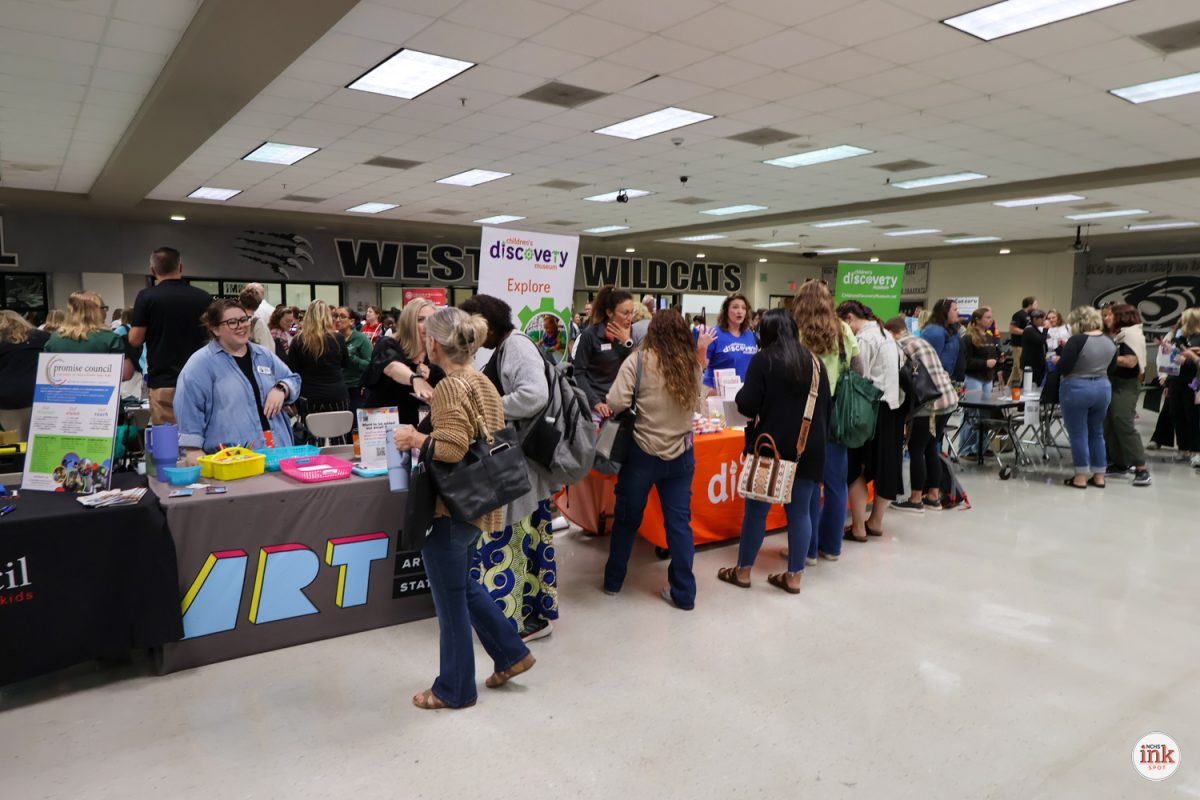

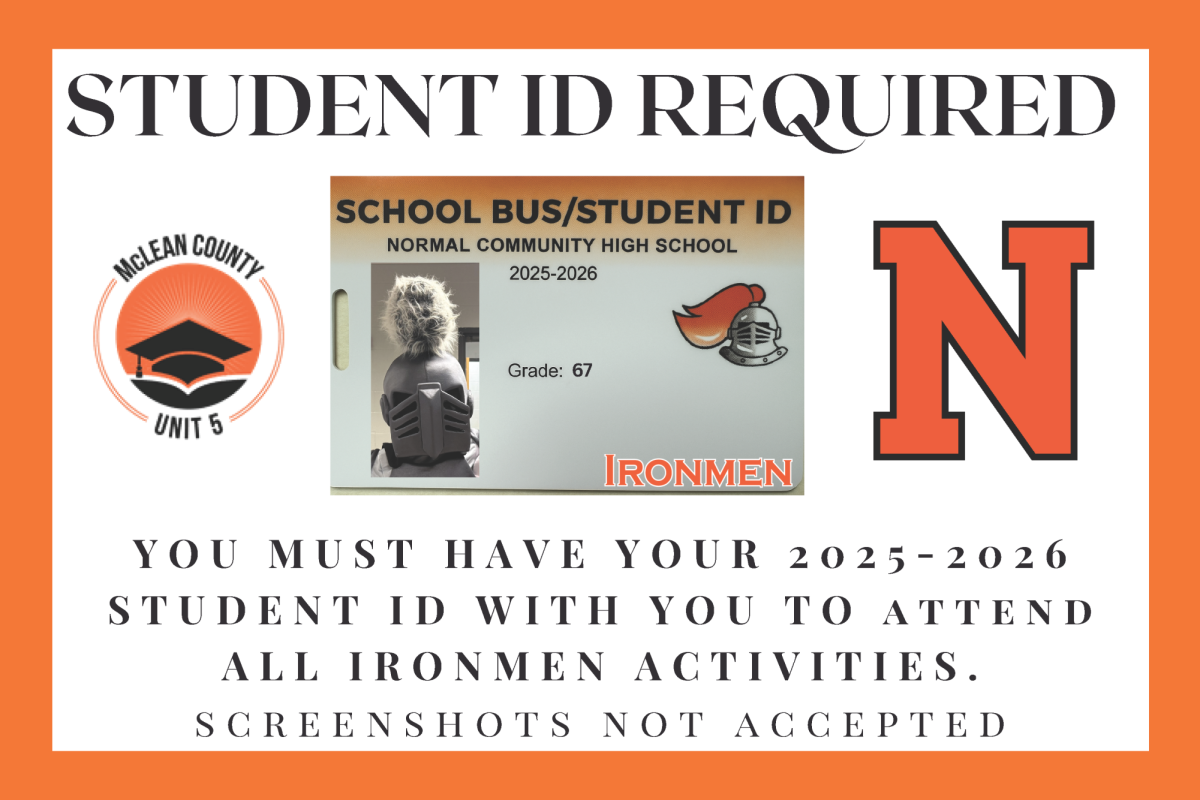







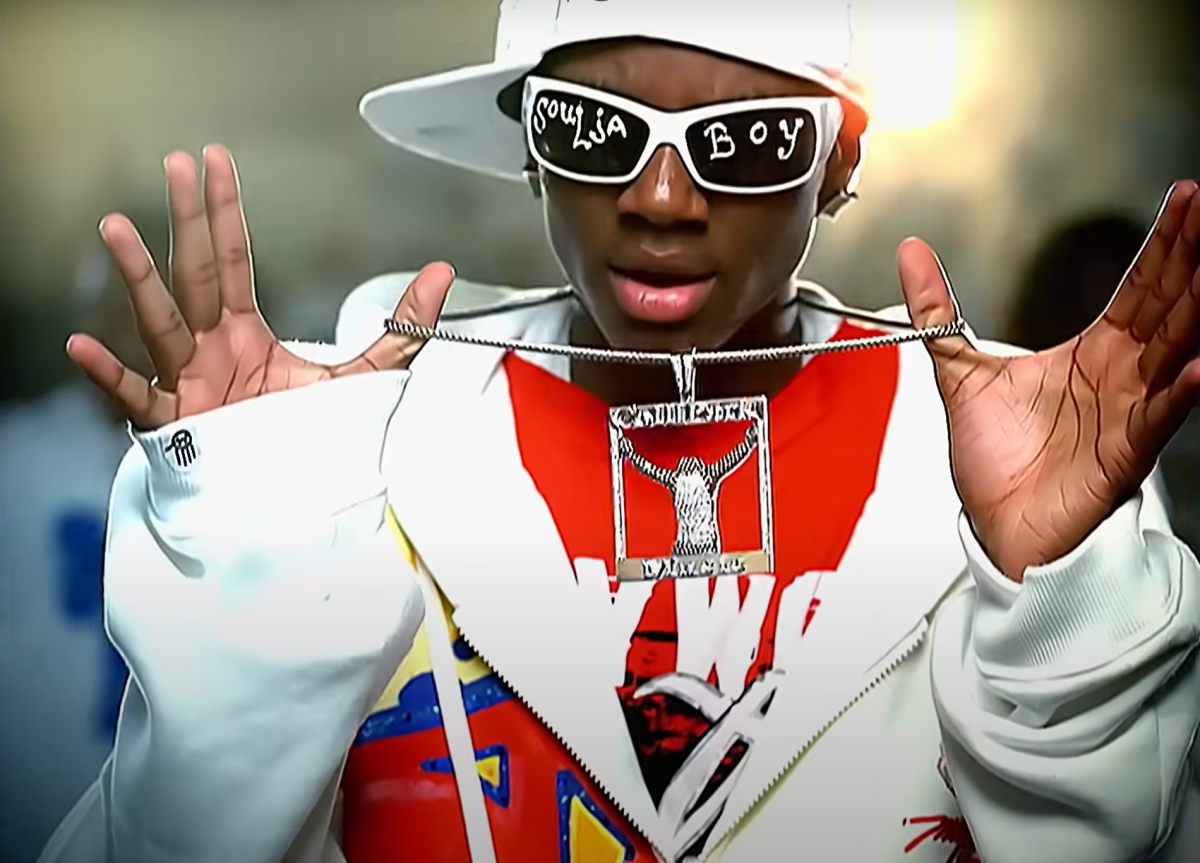
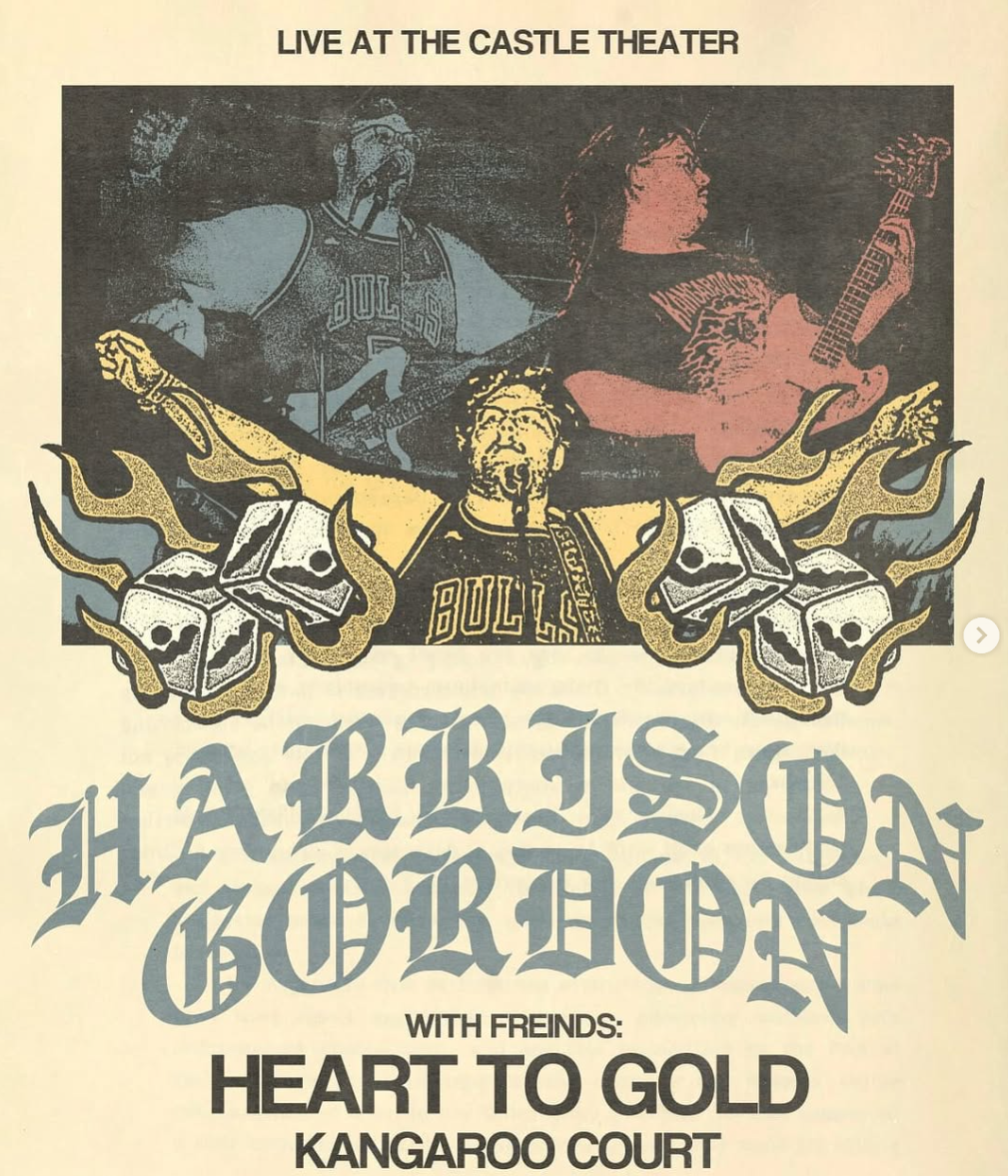


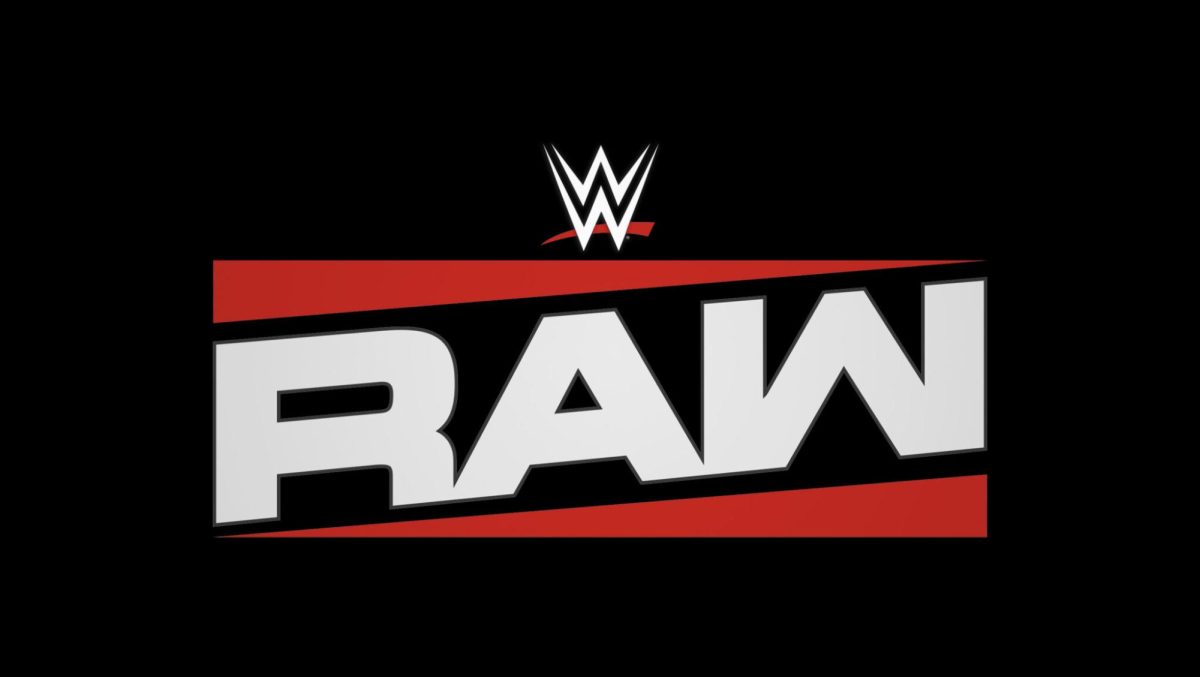






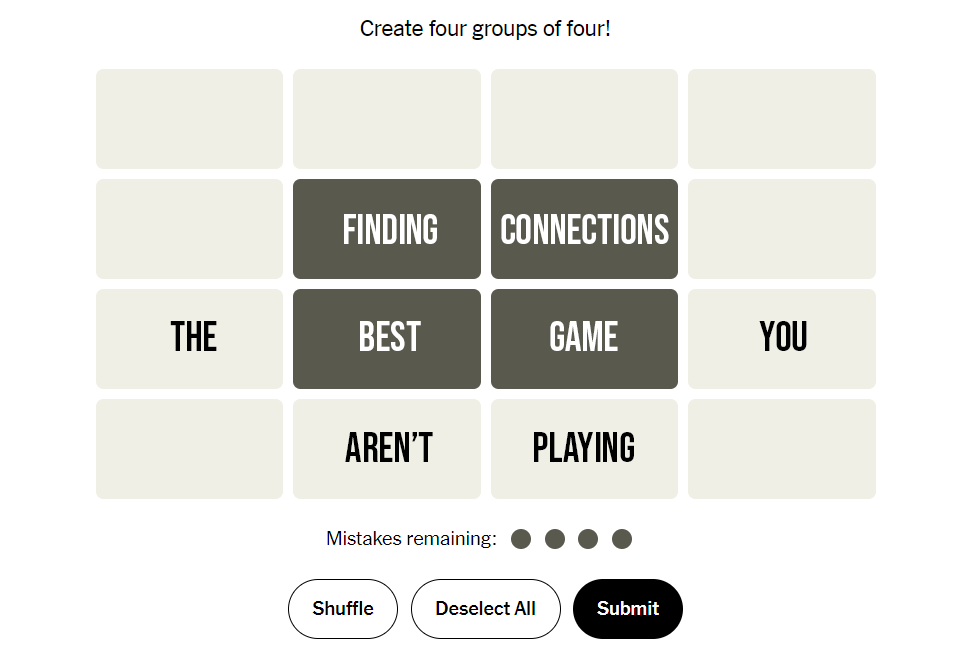
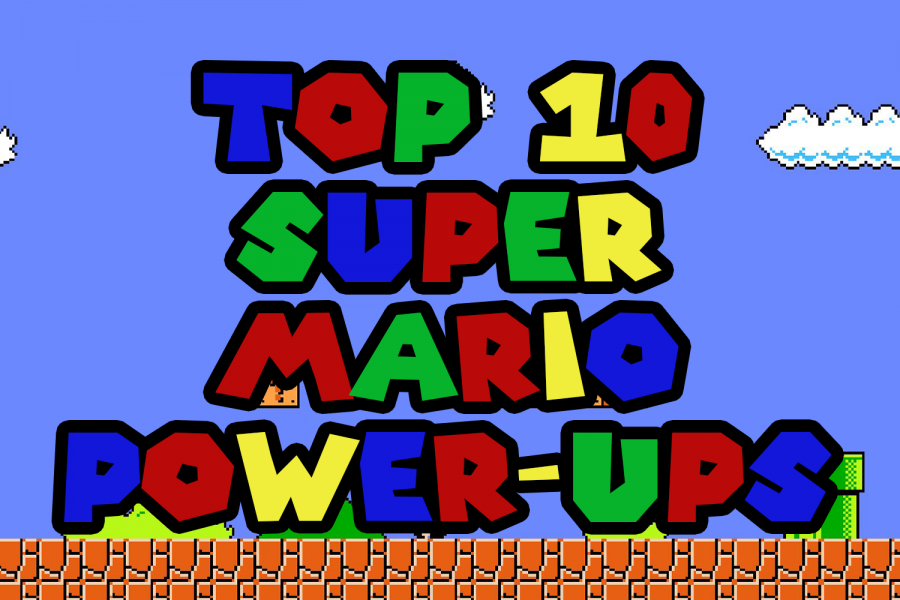

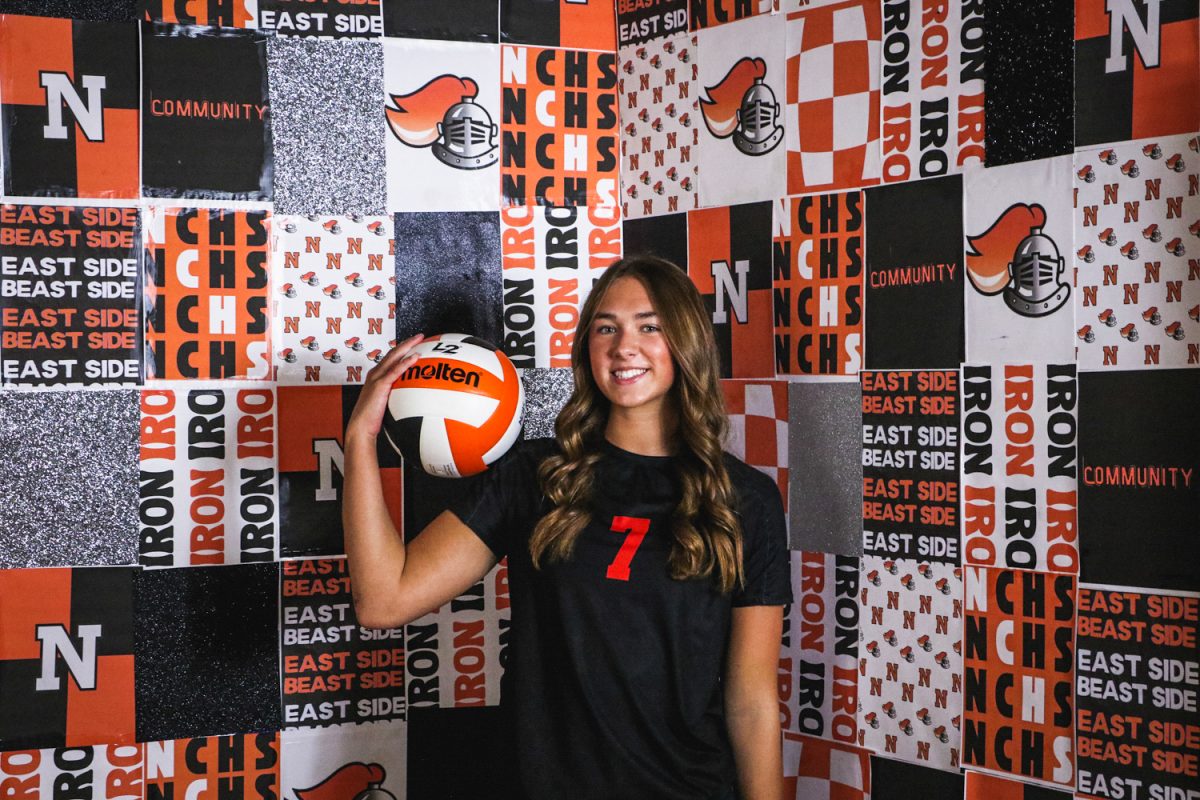

![Week 7: Coach Drengwitz recaps the Ironmen’s win over Bloomington, talks Danville [video]](https://nchsinkspot.com/wp-content/uploads/2025/10/Vikings-feature-Image-1200x675.png)


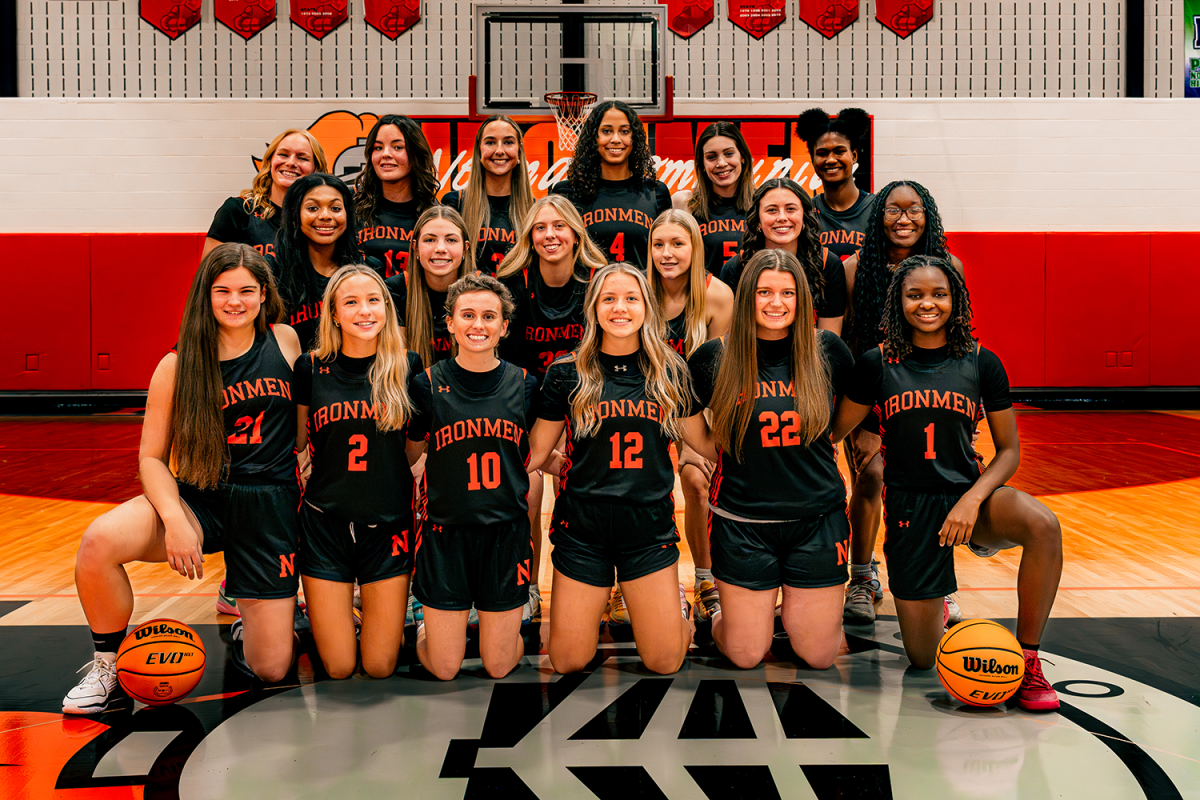





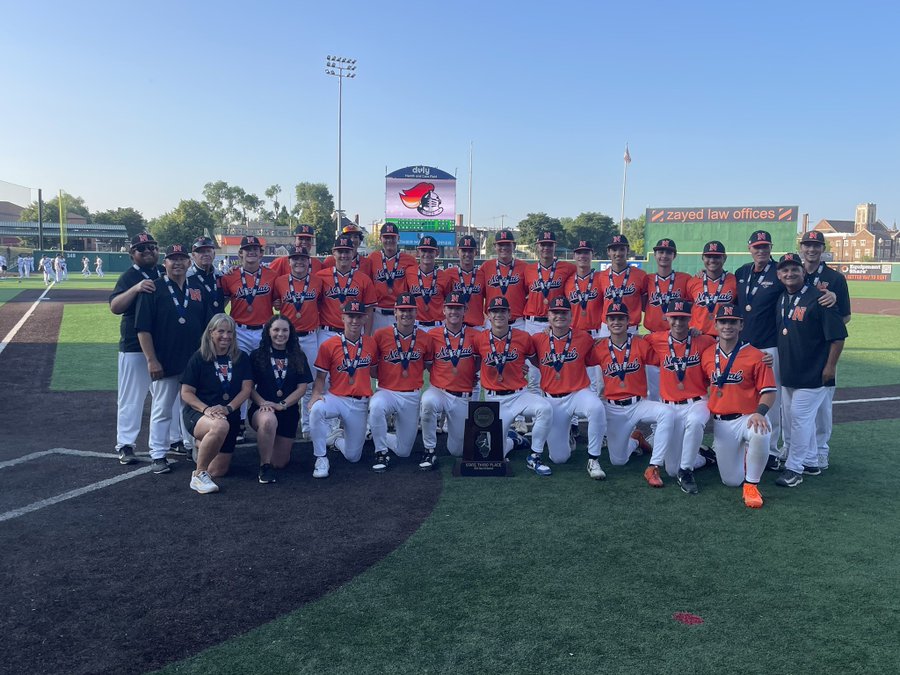



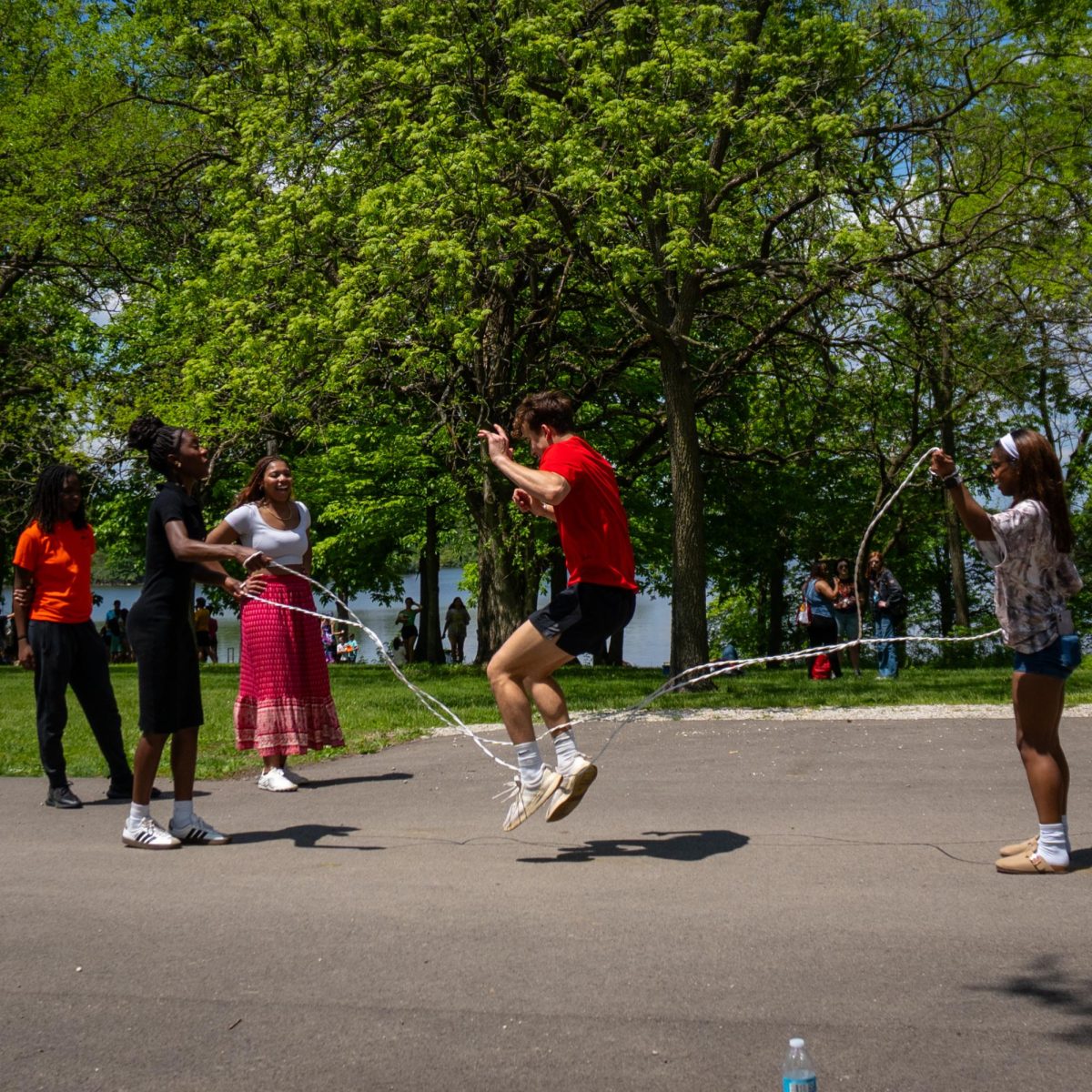

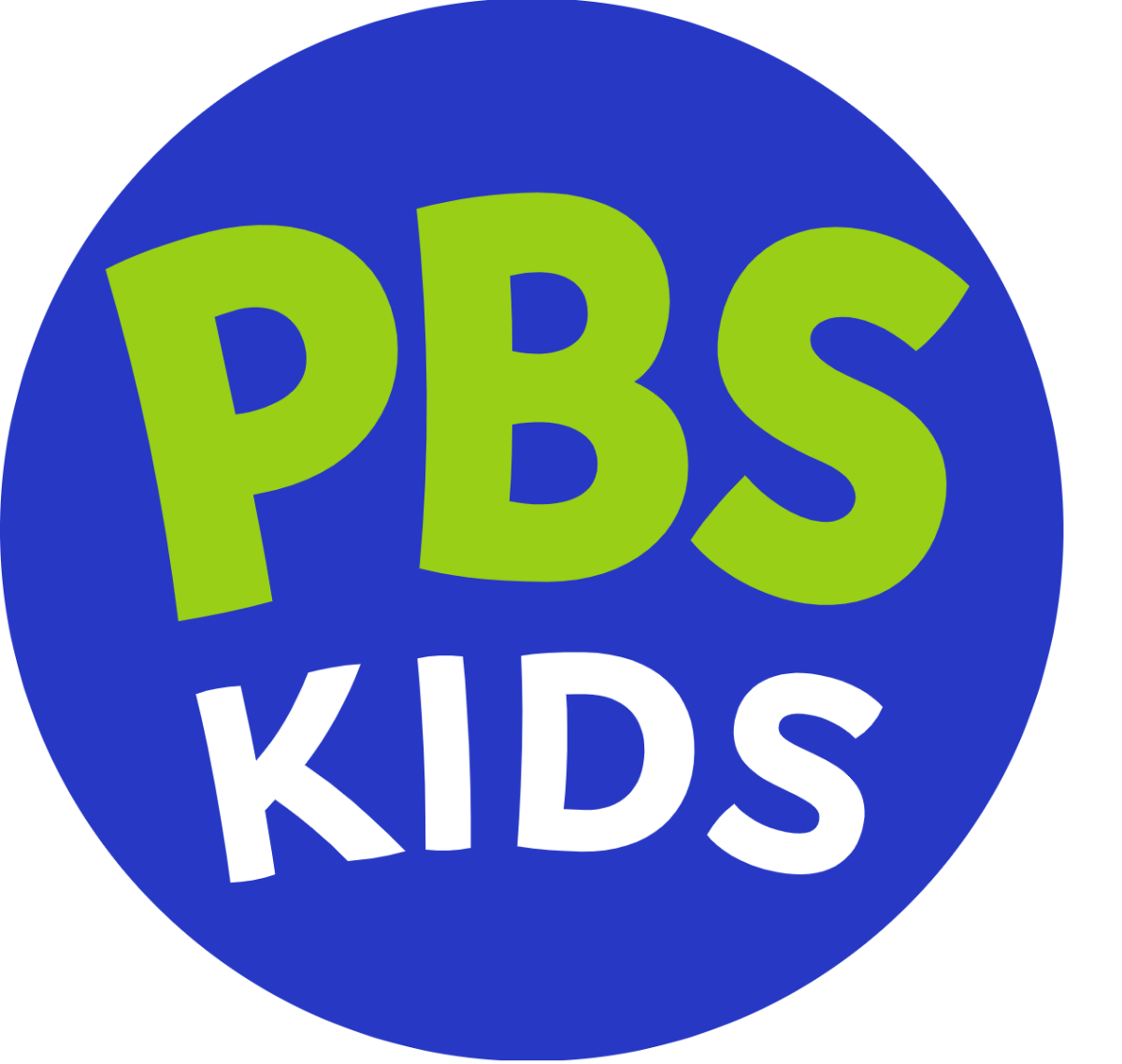
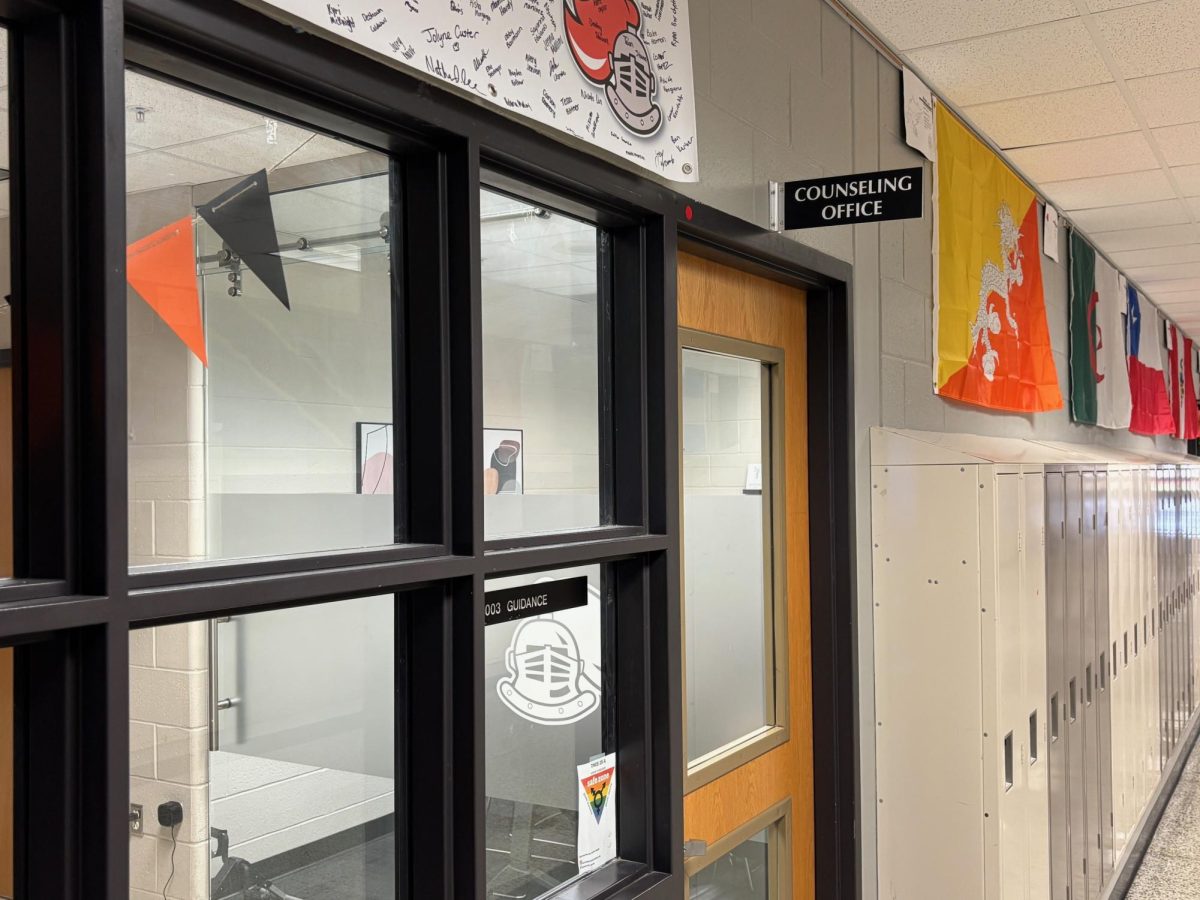
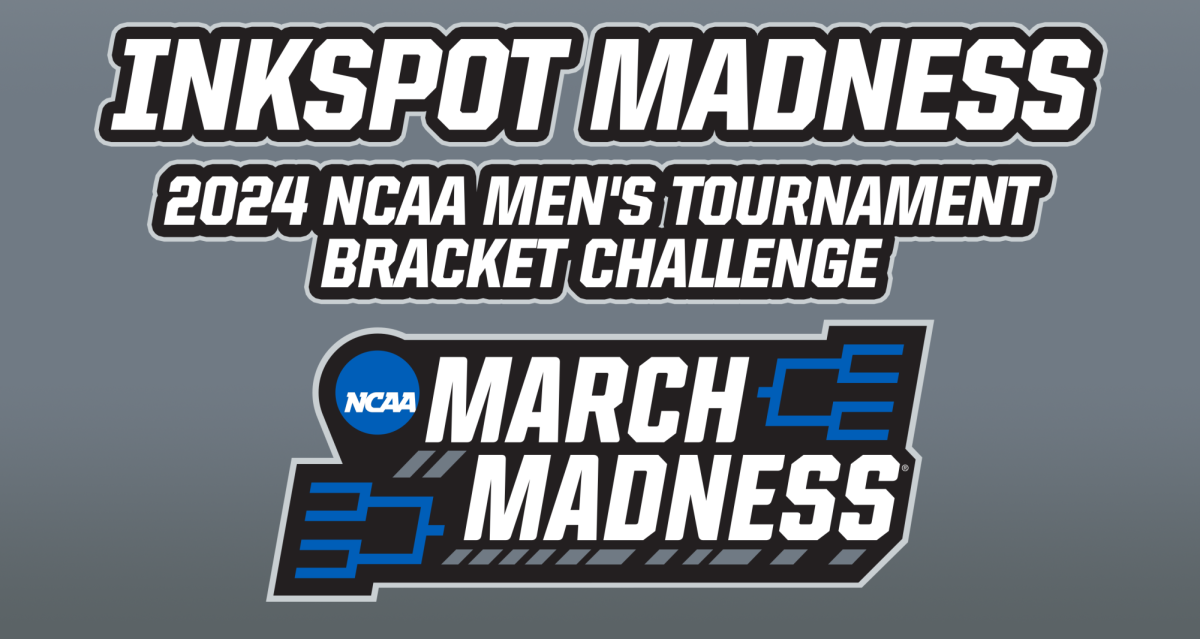
![Halloween candy cross section quiz [quiz]](https://nchsinkspot.com/wp-content/uploads/2022/10/Candy-cover-big-900x675.png)
![Average Jonah? [quiz]](https://nchsinkspot.com/wp-content/uploads/2022/05/average-jonah-900x600.png)

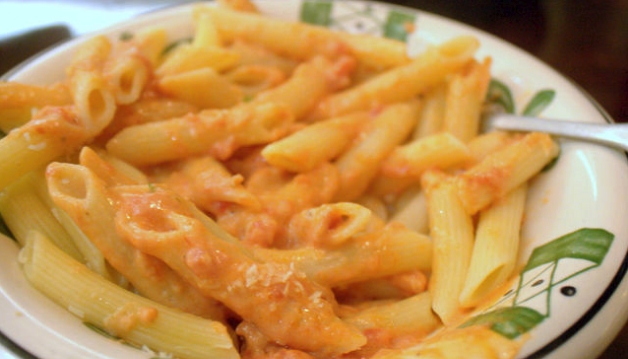
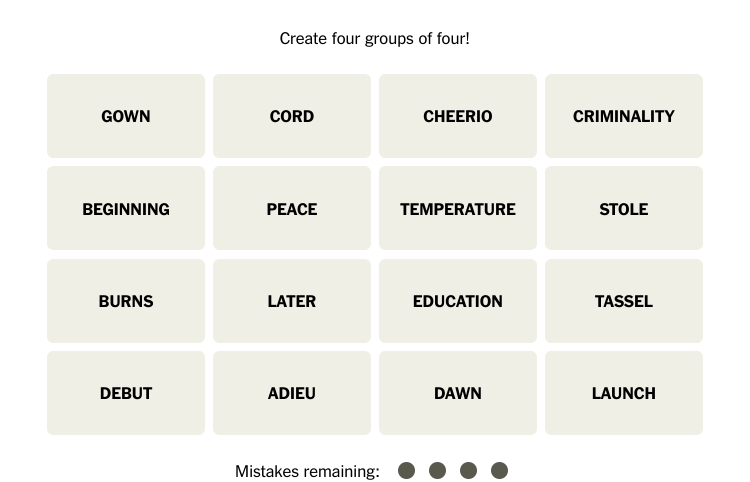
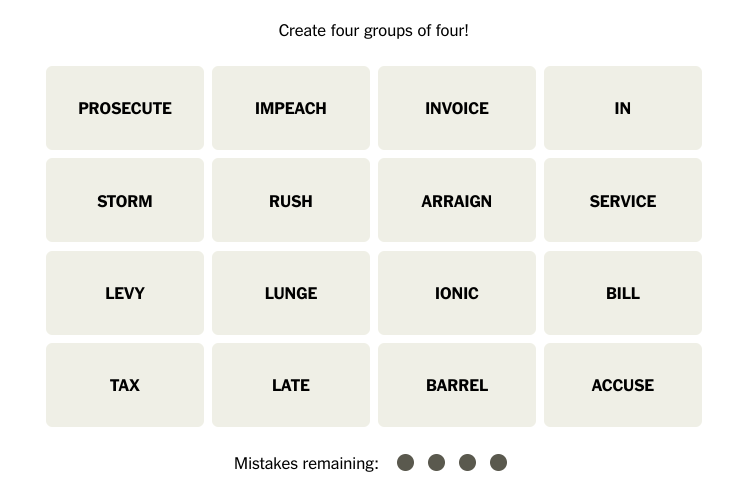
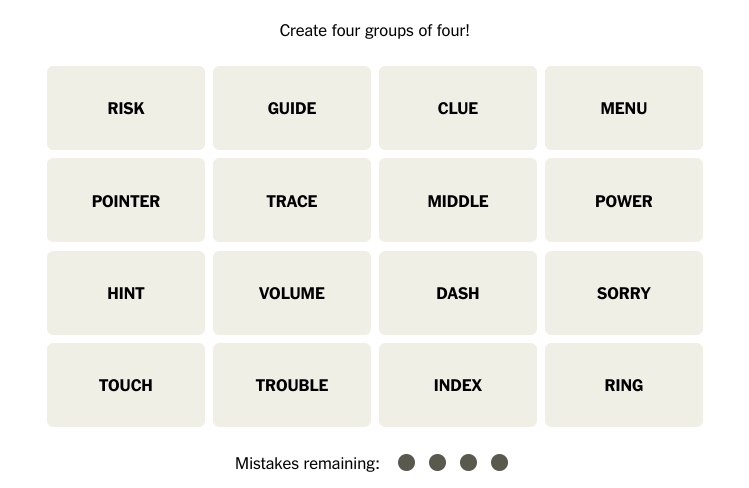
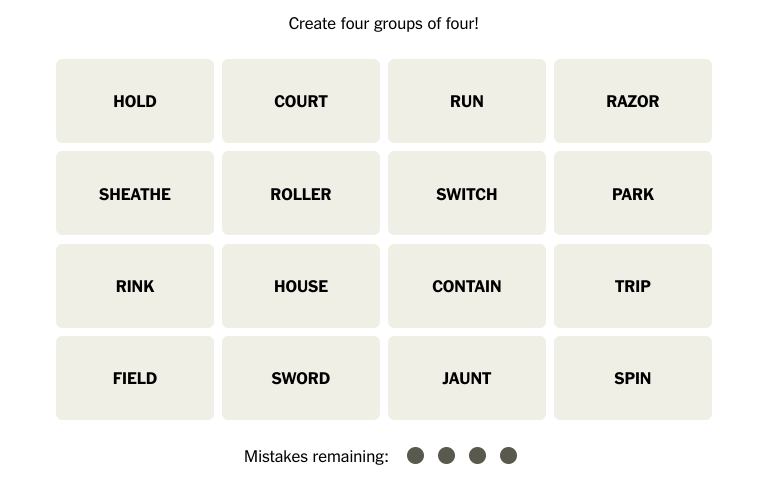

![[Photo Illustration]](https://nchsinkspot.com/wp-content/uploads/2025/09/trigger-words.png)



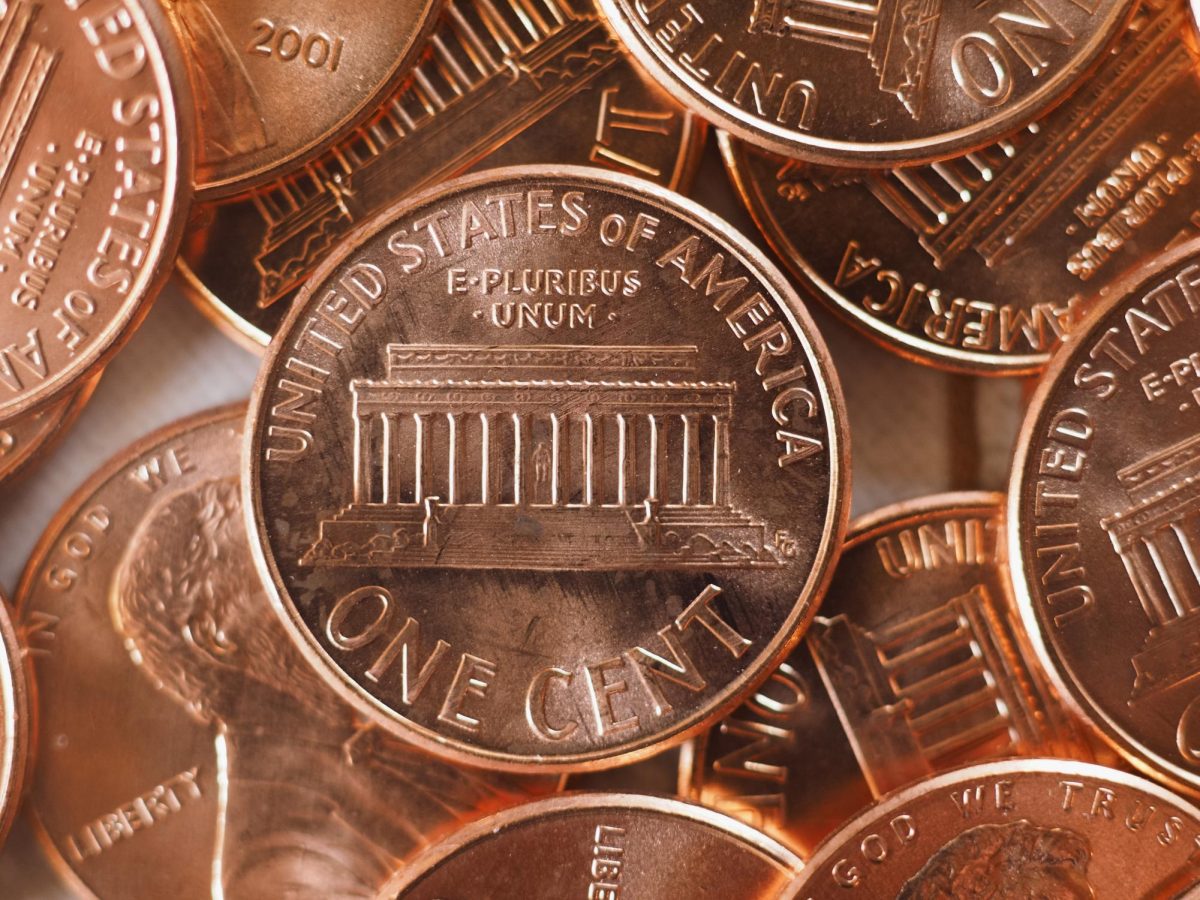






![Week 5: Coach Drengwitz previews the Ironmen’s matchup vs. Peoria Manual, recaps Week 4 [video]](https://nchsinkspot.com/wp-content/uploads/2025/09/Week-5-v-Rams-1200x675.png)

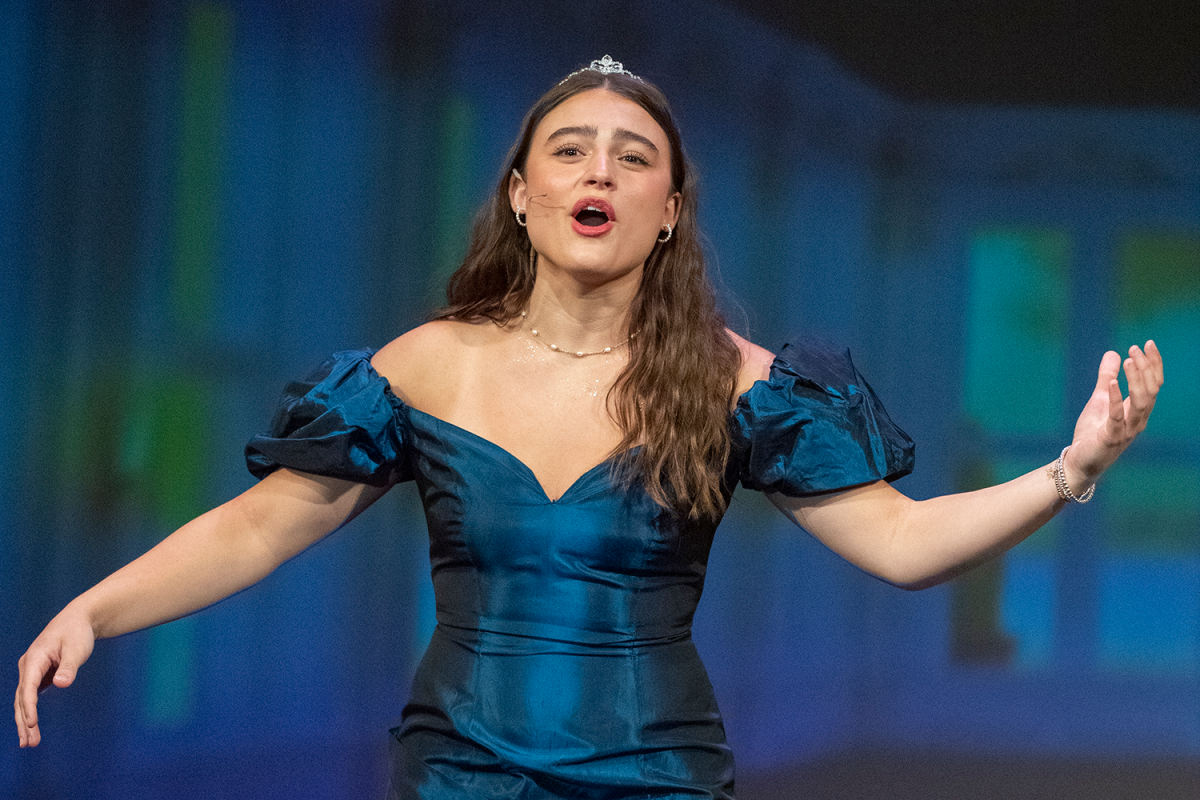

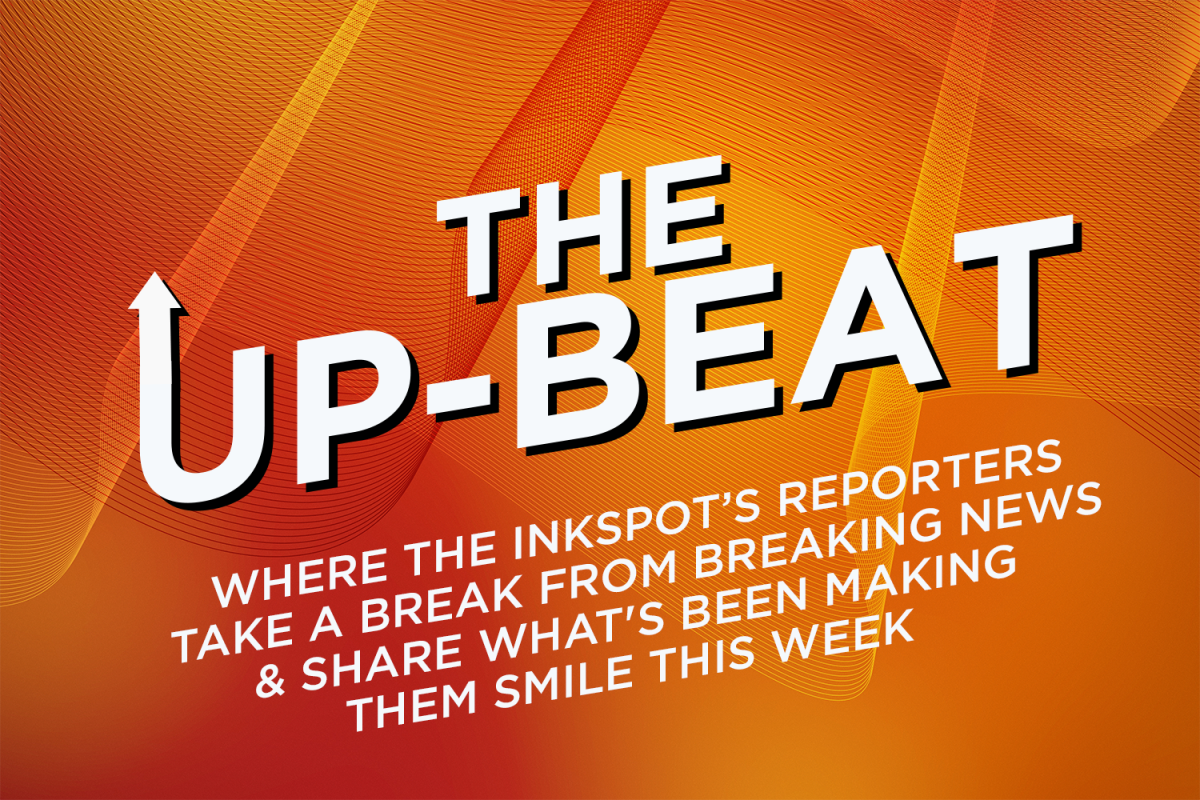

![Postgame reaction: Coach Drengwitz on Community’s 28-17 Loss to Kankakee [video]](https://nchsinkspot.com/wp-content/uploads/2025/09/Week-4-postgame--1200x675.png)
![Week 4: Coach Drengwitz previews the Ironmen’s matchup vs. Kankakee [video]](https://nchsinkspot.com/wp-content/uploads/2025/09/Ironmen-v-Kankakee-video-1200x1200.png)
![On the Spot: This or That – Halloween [video]](https://nchsinkspot.com/wp-content/uploads/2024/10/tot-Halloween-YT-1200x675.png)
![On the Spot: This or That – Fall favorites [video]](https://nchsinkspot.com/wp-content/uploads/2024/10/ots-fall-web-1200x800.png)
![On the Spot – Teachers tested on 2023’s hottest words [video]](https://nchsinkspot.com/wp-content/uploads/2024/01/On-the-Spot-Teachers-tested-1200x675.png)

